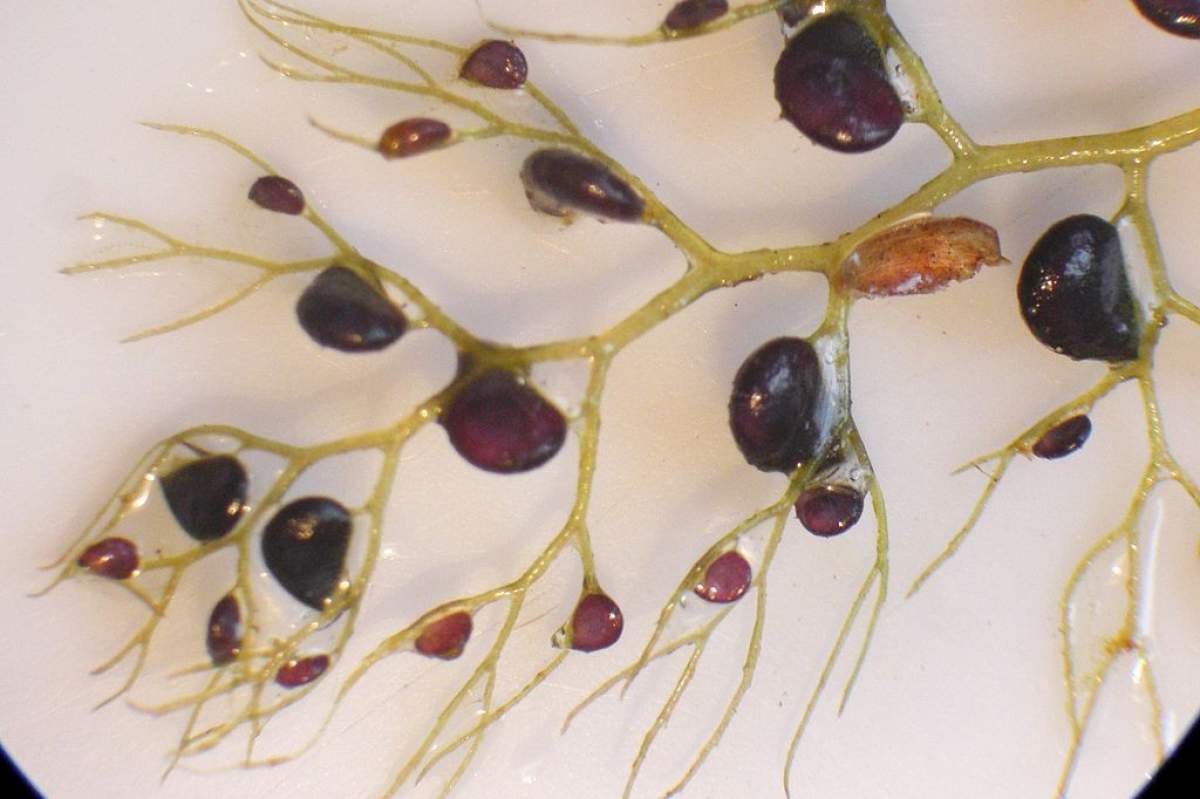
Bladderworts make up the largest genus of carnivorous plants in the world and are the most widespread, found on every continent. There are about 214 species, and they are extremely adaptable.
The flowers can be tiny, between one-eighth of an inch to two inches in diameter. They are often like orchids and can occur singly or in groups. They have spurs and two petal lobes, and the lower petal is usually the largest.
Some species are aquatic and grow in waterlogged swamps or along the edges of lakes. Strangely, they have no roots. Instead, they have long stems or stolons, and there are bladder-like traps along the stems used to trap small aquatic creatures. This genus is called utricularia, and all of its members are plants that have bladders of varied sizes, and all can catch swimming prey as fast as 10 to 15 thousandth of a second.
It was the American botanist Mary Treat (1830-1923) who first observed how the prey was sucked into the bladder trap doors as if being vacuumed up.
There are also bladderworts growing in trees in Natal in Brazil, zones 9-11.
Most hobby gardeners enjoy these curious plants for their long-lasting and beautiful flowers in bog gardens, terrariums, greenhouses, and on windowsills.









